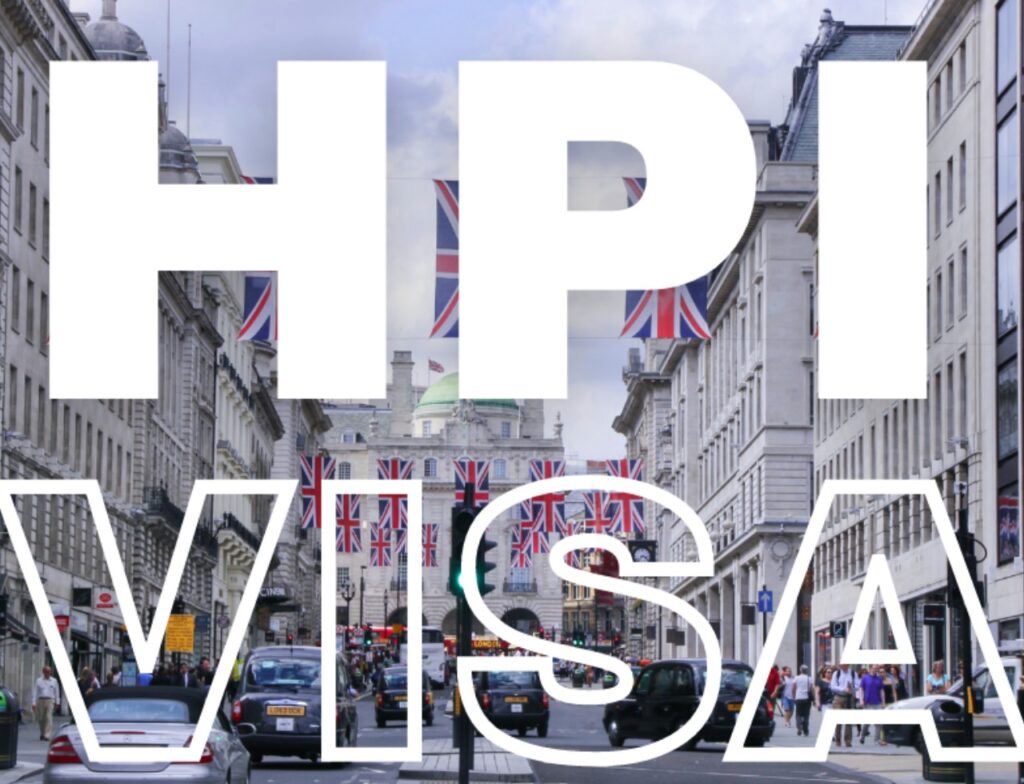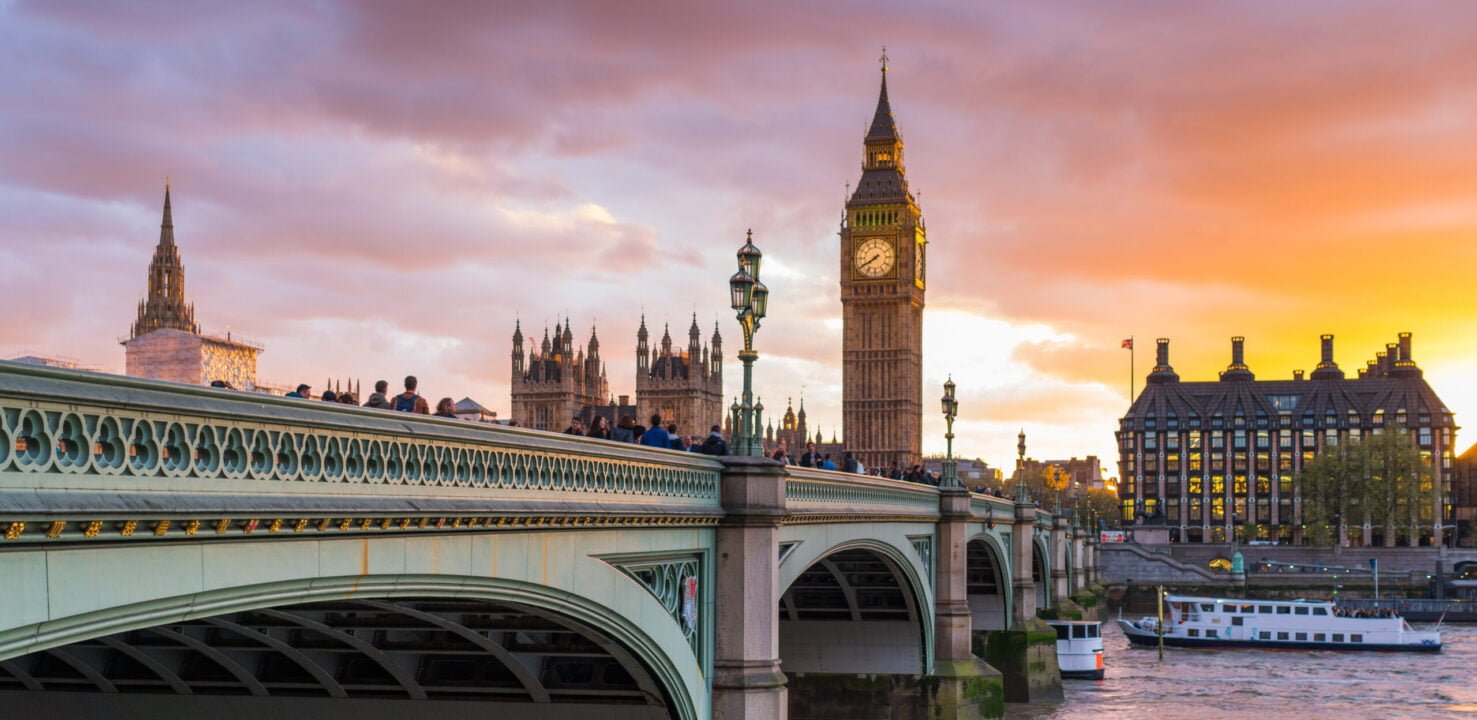Known for its beguiling canals, centuries-old buildings, and cultural heritage, the city of Venice has taken giant steps towards managing huge inflows of tourists that visit this place every year. From Thursday, new restrictions limiting tourist groups to 25 people will be permitted to help reduce overcrowding and prevent stress from large numbers on the delicate infrastructure of the city. This plan inscribes itself within the more general plan by the Venetian authorities to reconcile the needs of residents and the demands of tourism, in particular, the high level of life quality for residents.
Why Venice is taking action
Venice is an international tourist hotspot, renowned for its numerous attractions such as St. Mark’s Basilica, the Grand Canal, and the Rialto Bridge.. It has been grappling with the challenges of overtourism, which include environmental deterioration and strain on local resources. Clearly, the new limit on group size is rather a very positive action to save this special environment and historic sites from the ravages of massive groups.
Details of the New Regulation
The previously mentioned rules and regulations state that the tourist groups are allowed to consist of no more than 25 people. There are, however, a couple of exceptions to this ruling: children under two years are not included in the group limits, and the restrictions for visiting students or educational tours are annulled. In that way, the study groups could still benefit from learning about this city’s diverse history and culture without feeling restricted.
In addition to capping the number of people who can exist in groups, local authorities have banned tourist guides from using loudspeakers. According to a statement, this measure is designed to “preserve residents’ peace” and facilitate easier pedestrian movement through the city’s narrow streets and alleys. The rules also reach out to the outlying islands of Murano, Burano, and Torcello, which are popular among tourists, and do not apply only to the centre of Venice.
How It Will Be Enforced and Penalties
The new rules will be accompanied by fines ranging from 25 to 500 euros ($27-541) in order to guarantee their respect. Initially set to begin in June, the start date was pushed back to August to allow for greater preparation and awareness among tourist operators and visitors alike.
A Prolonged Bid to Keep Tourism Under Control
These are the newest of a long line of initiatives to control the flow of visitors that Venice has carried out. Just back in April, the city announced it would introduce the world’s first visitor payment scheme in any city to attempt to deter day-trippers from visiting in the peak periods. It was an experimental scheme, now running for 29 days, that ended in July and is under review for continuation.
A Prolonged Bid to Keep Tourism Under Control
These are the newest of a long line of initiatives to control the flow of visitors that Venice has carried out. Just back in April, the city announced it would introduce the world’s first visitor payment scheme in any city to attempt to deter day-trippers from visiting in the peak periods. It was an experimental scheme, now running for 29 days, that ended in July and is under review for continuation.
This new way of running tourism has gained attention from other European tourist destinations facing similar challenges. The initiatives Venice is taking may well point to a trend in how other cities begin dealing with the mounting concerns of overtourism, offsetting economic benefits by preserving cultural and environmental heritage.
The Future of Tourism in Venice
The drive to the sustainability of this city is the control over tourism that Venice seeks. Certainly more than a tourist destination, representing living history and culture, it is a UNESCO World Heritage Site. These rules, therefore, will move towards more sustainable tourism—that one in which the current identity of the city and care for its inhabitants are maintained.
Visitors need to be informed and respectful of the new rules put in place by the city administration for managing tourist flows. Nothing quite replaces the experience of visiting Venice, from gondola rides through its legendary canals to its world-famous art and architecture. By following these guidelines, tourists will be able to help protect this most extraordinary city for future generations of visitors.





